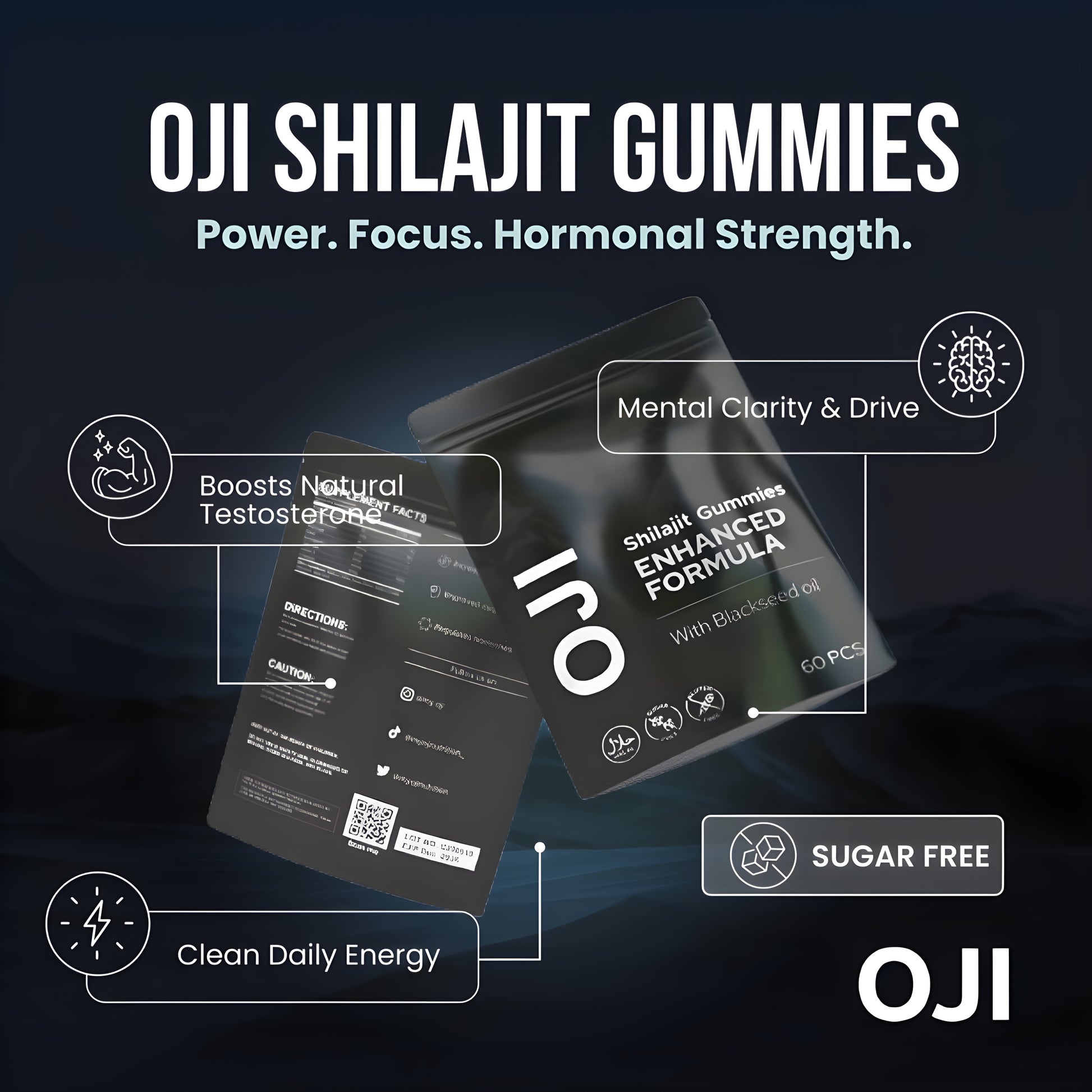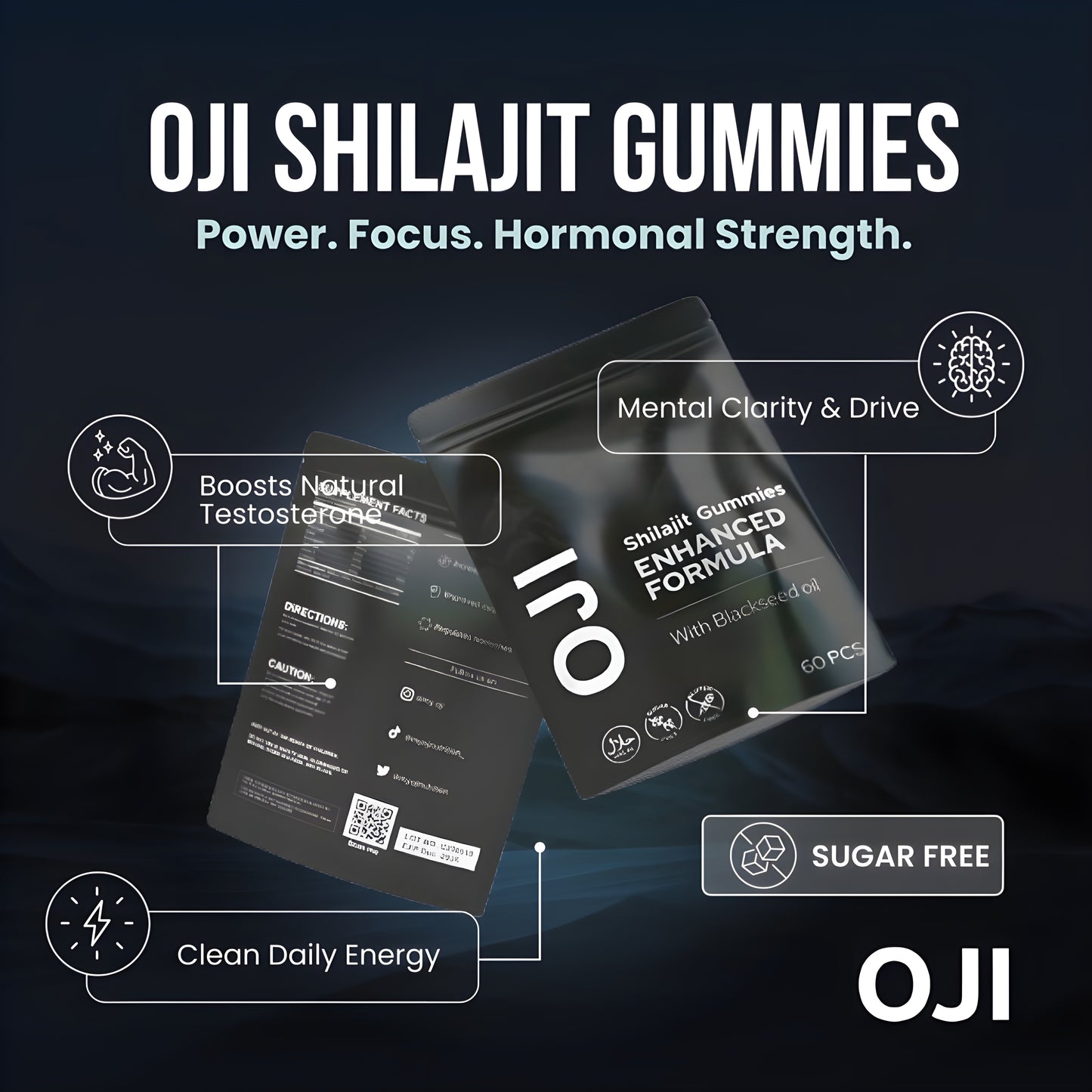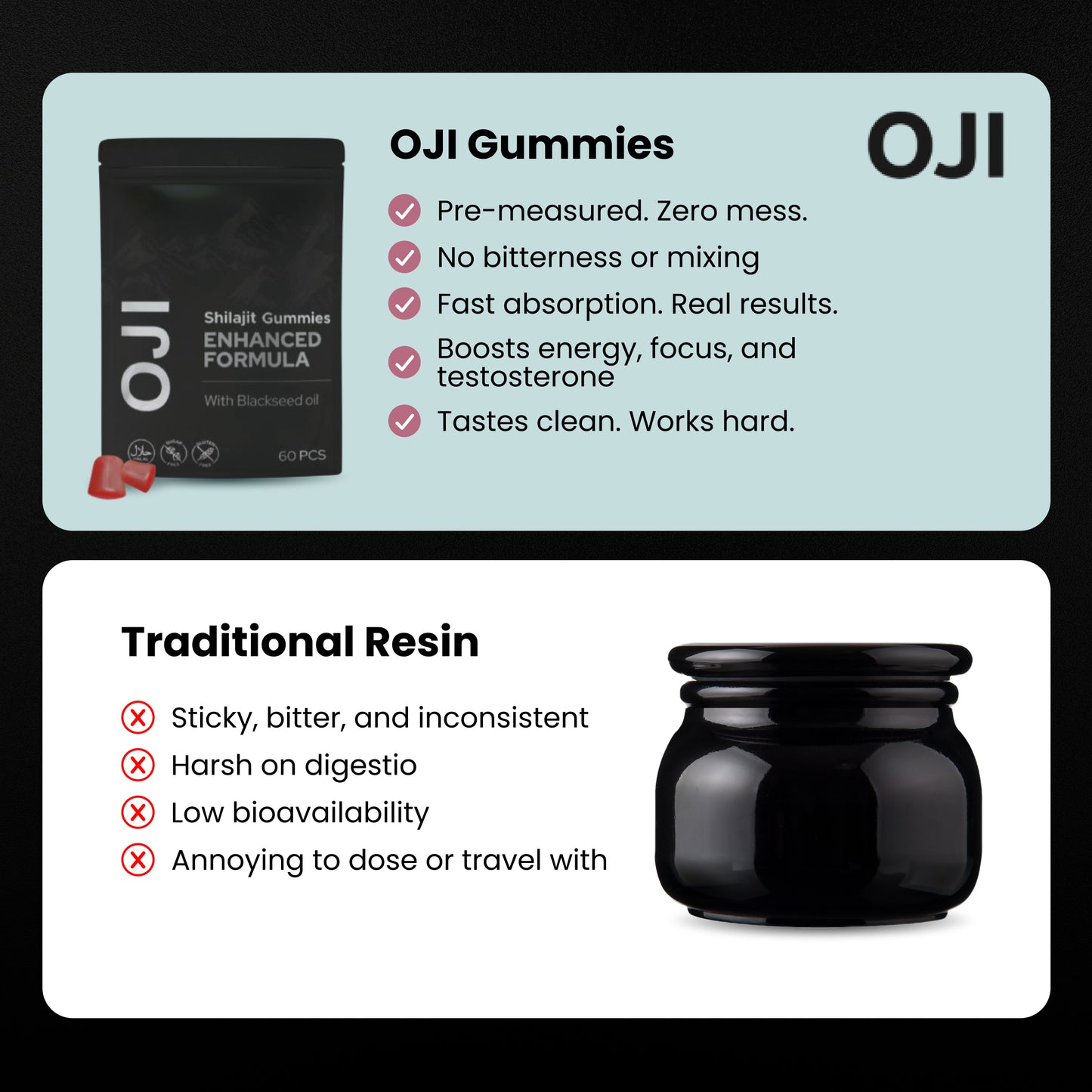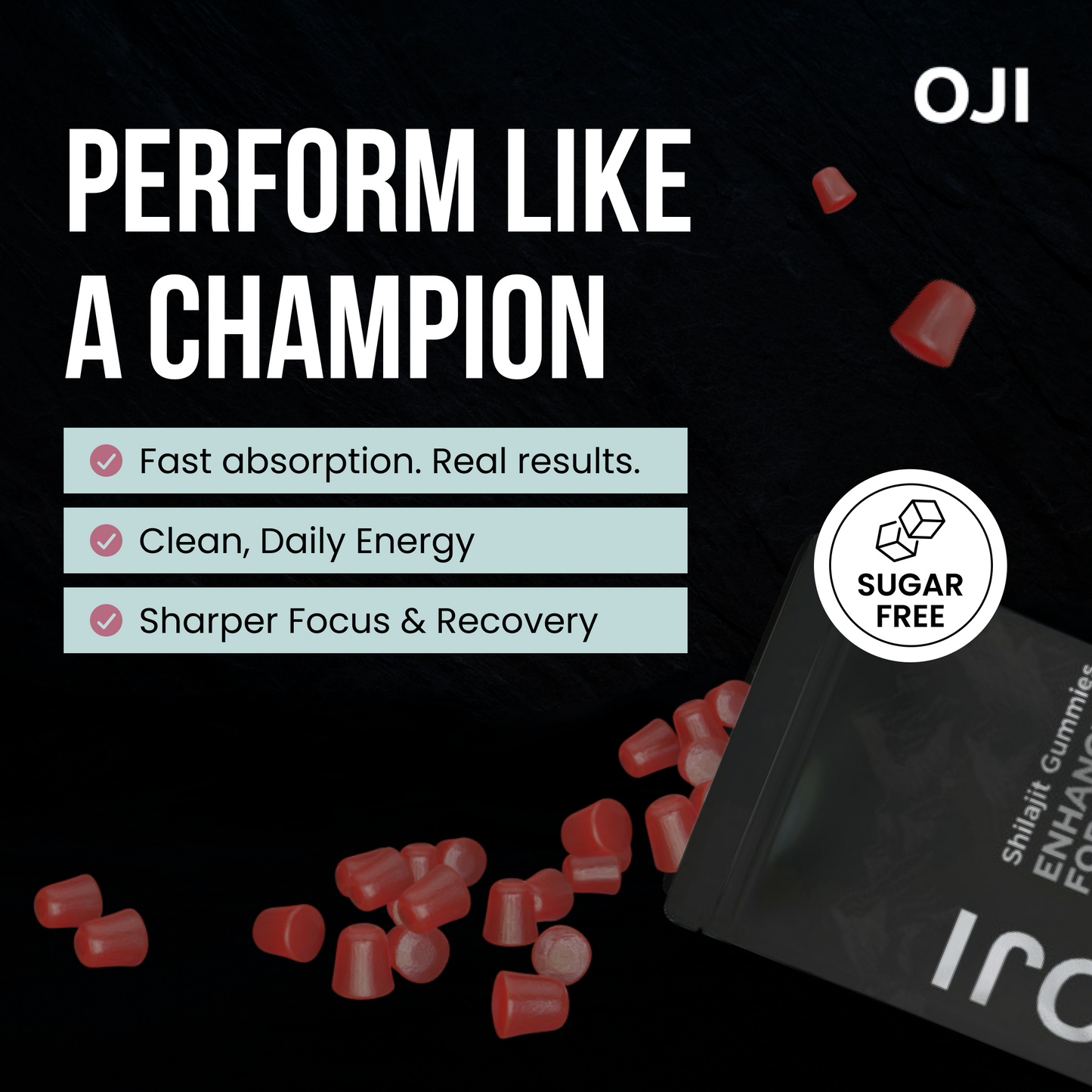Feeling Stressed at Work? Here's Help.
Work stress affecting your well-being? This listicle provides eight actionable strategies to reduce stress at work and regain control. Learn how to implement practical techniques like time management, mindfulness, boundary setting, and building a strong support network. These tips will help you create a calmer, more productive work life. Discover how prioritizing, communicating effectively, and creating an ergonomic workspace can significantly improve your overall well-being. Let's dive in.
1. Time Management and Prioritization
Feeling overwhelmed at work? Constantly putting out fires and struggling to meet deadlines? This constant state of stress can significantly impact your well-being. A key strategy to reduce stress at work and regain control of your workday lies in effective time management and prioritization. This systematic approach to organizing and executing tasks empowers you to allocate your time effectively based on importance and urgency, ultimately reducing overwhelm and increasing productivity while maintaining a healthy work-life balance. This is why it's crucial for reducing stress at work in the UK and globally.
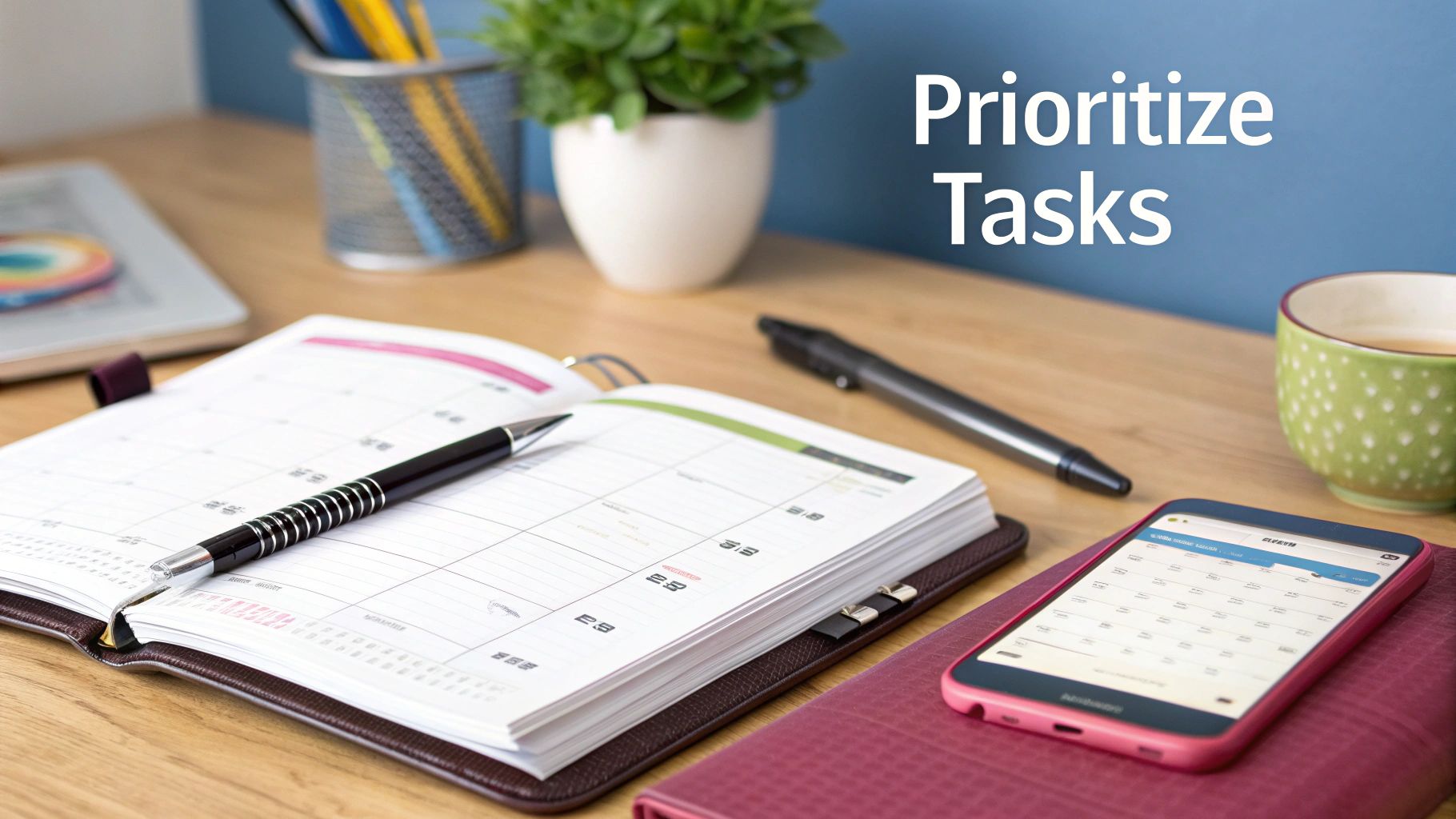
Time management and prioritization isn't about cramming more into your day. It's about consciously choosing what deserves your attention and when. This involves categorizing tasks based on their priority, effectively managing deadlines, scheduling tasks based on your energy levels, regularly reviewing and adjusting your approach, and, crucially, setting clear, achievable goals. By implementing these strategies, you create a structure that supports your work and reduces the anxiety of a chaotic to-do list.
Several well-known companies have successfully integrated time management and prioritization techniques into their work culture. Google's famous "20% time" policy, which allows employees to dedicate a portion of their work week to passion projects, fosters innovation and reduces burnout by providing dedicated time for creative exploration. Microsoft's implementation of "Focus Time" blocks within Outlook calendars encourages employees to schedule uninterrupted periods for deep work, minimizing distractions and promoting concentration. Procter & Gamble utilizes priority matrix training for managers to equip them with the skills to effectively categorize and delegate tasks, streamlining workflow and enhancing decision-making. These examples highlight the tangible benefits of prioritizing time management in a professional setting.
So, how can you implement this stress-reducing technique in your own work life? Here are some actionable tips:
- Use the Eisenhower Matrix: This simple yet powerful tool helps categorize tasks based on urgency and importance. This allows you to focus on what truly matters and delegate or eliminate less critical tasks.
- Block Calendar Time for Deep Work: Schedule dedicated blocks of time in your calendar for focused work on your most important projects. Treat these blocks like important meetings and avoid interruptions.
- Set Realistic Daily Goals: Aim for 3-5 key tasks per day. This keeps you focused and prevents you from feeling overwhelmed by an endless to-do list. Prioritize these tasks based on their impact and alignment with your overall goals.
- Review and Adjust Priorities Weekly: Take time each week to review your progress, adjust priorities as needed, and plan for the upcoming week. This regular review ensures you stay on track and adapt to changing circumstances.
- Learn to Say No: One of the most important aspects of time management is learning to say no to non-essential requests. Protecting your time allows you to focus on high-priority tasks and reduces stress caused by overcommitment.
While the benefits are numerous, including reduced overwhelm, increased productivity, a greater sense of control, improved work quality, and more predictable schedules, there are potential downsides to be aware of. Initially, investing time to learn and implement these techniques is necessary. Over-application can lead to rigidity, and unexpected interruptions can disrupt carefully planned schedules. Consistent practice is key for long-term effectiveness.
The principles of effective time management and prioritization have been popularized by influential figures such as Stephen Covey, author of "The 7 Habits of Highly Effective People," David Allen, creator of the "Getting Things Done" methodology, Brian Tracy, known for his "Eat That Frog" method, and Cal Newport, who champions the concept of "Deep Work." Their work provides valuable resources for further exploration.
By adopting the principles of time management and prioritization, you can transform a chaotic workday into a structured and productive one, significantly reducing stress and enhancing your overall well-being. This proactive approach empowers you to take control of your time, focus on what truly matters, and ultimately achieve a better work-life balance. So, take the first step today and experience the transformative power of effective time management.
2. Mindfulness and Meditation Practices
Feeling overwhelmed by deadlines, demanding colleagues, and the constant pressure to perform? Stress is a common workplace woe, impacting not only our mental well-being but also our productivity and overall health. Thankfully, mindfulness and meditation practices offer a powerful antidote to workplace stress, providing evidence-based techniques to regain control, enhance focus, and cultivate a sense of calm amidst the storm. These practices involve cultivating present-moment awareness and engaging in specific mental training exercises to regulate emotions and build resilience. They empower you to respond to stressful situations with greater composure and clarity, rather than reacting impulsively. This is why mindfulness and meditation deserve a prominent place in any strategy for reducing stress at work.

Mindfulness encompasses a range of techniques, all centered on paying attention to the present moment without judgment. This might involve focusing on your breath, noticing the sensations in your body, or simply observing your thoughts and feelings as they arise. Meditation, often used in conjunction with mindfulness, involves structured practices to train the mind, enhancing focus and promoting a sense of inner peace. Specific techniques include focused attention meditation, where you concentrate on a single point, such as your breath; and open monitoring meditation, where you observe your thoughts and feelings without getting caught up in them.
These practices have several key features beneficial for stress reduction. Present moment awareness helps break the cycle of ruminating on the past or worrying about the future, two common sources of stress. Breathing techniques, such as deep belly breathing, can calm the nervous system and reduce feelings of anxiety. Body scan exercises, where you systematically bring awareness to different parts of your body, can help release muscle tension and promote relaxation. Loving-kindness meditation cultivates feelings of compassion and connection, which can buffer against stress and improve interpersonal relationships. Finally, incorporating mindful transitions between tasks can create mini-moments of respite throughout the workday, preventing burnout and maintaining focus.
The benefits of mindfulness and meditation are well-documented. Studies show these practices can reduce cortisol levels (the stress hormone), lower blood pressure, and improve focus and concentration. They also enhance emotional regulation, enabling you to manage difficult emotions more effectively, and increase self-awareness, helping you identify your stress triggers and develop healthier coping mechanisms.
Several prominent companies in the UK and abroad have recognized the power of mindfulness and meditation for their employees. Google's 'Search Inside Yourself' program, for example, teaches mindfulness and emotional intelligence skills to its workforce. Salesforce has incorporated mindfulness zones in its offices, providing dedicated spaces for employees to practice. Aetna, a US-based health insurance company, implemented a company-wide meditation program that resulted in a reported $3,000 per employee increase in productivity. Intel also saw a 36% reduction in stress levels amongst employees who participated in mindfulness training. These examples demonstrate the tangible benefits of incorporating these practices into the workplace.
While the advantages are numerous, there are also some potential drawbacks to consider. Mindfulness and meditation require consistent practice to see lasting benefits. Beginners may find it challenging initially to quiet their minds and stay focused. In some corporate environments, these practices might be perceived as "too soft" or unconventional. Finally, it’s important to remember that the benefits of mindfulness and meditation often take time to manifest.
To effectively incorporate mindfulness and meditation into your workday, start small. Just 5-10 minutes of daily practice can make a difference. Utilize apps like Headspace or Calm for guided meditations and learn more about mindfulness and meditation practices to support your journey. Practice desk-based breathing exercises throughout the day, especially during moments of high stress. Set mindful transition moments between meetings, taking a few deep breaths or simply pausing to appreciate the present moment before jumping into the next task. If possible, create a dedicated quiet space in your workplace where you can retreat for a few moments of stillness.
Mindfulness and meditation offer practical and powerful tools for how to reduce stress at work and cultivate a more balanced and fulfilling work life. By incorporating these practices into your daily routine, you can build resilience, enhance focus, and navigate the challenges of the modern workplace with greater ease and well-being.
3. Setting Clear Boundaries
Feeling overwhelmed at work? Constantly checking emails after hours? Struggling to switch off? If this sounds familiar, learning how to set clear boundaries could be the key to reducing stress at work and reclaiming your personal time. Setting boundaries is the practice of establishing and communicating limits around your work responsibilities, availability, and personal time. This proactive strategy is crucial for preventing burnout by creating sustainable work practices and protecting your mental health. It's an essential component of effective stress management and contributes significantly to improved well-being both in and out of the office.

This method deserves its place on this list because it tackles the root cause of much work-related stress: the blurring of lines between professional and personal life. In today's always-connected world, it's easy to feel pressured to be available 24/7. However, this constant accessibility can lead to chronic stress, exhaustion, and decreased productivity. By setting clear boundaries, you create a protective barrier that shields you from the demands of work during your personal time, allowing you to recharge, reconnect with loved ones, and pursue activities that bring you joy. This, in turn, leads to improved focus and performance when you are working.
Setting boundaries involves several key features: clear communication of your limits to colleagues and superiors, defining specific work hours, establishing technology boundaries (such as turning off notifications outside of work hours), creating delegation frameworks to manage workload effectively, and developing assertiveness skills to confidently communicate your needs. These elements work together to create a sustainable work-life integration that respects both your professional obligations and your personal well-being.
The benefits of setting clear boundaries are numerous. It prevents burnout by reducing chronic stress and promoting a healthier work-life balance. It also increases respect from colleagues and superiors, as they see you prioritizing your well-being and modelling healthy work habits. This can lead to increased job satisfaction and, importantly, protects your valuable personal time.
While the advantages are significant, it's important to acknowledge potential challenges. Initially, setting boundaries may create some tension, especially in work environments where long hours are the norm. It requires consistent enforcement to be effective. In demanding work cultures, it can be particularly challenging to implement boundaries, and in some cases, it may limit certain advancement opportunities, particularly in organisations that prioritize presenteeism over productivity.
Despite these potential downsides, the long-term benefits of setting clear boundaries far outweigh the temporary discomfort. Consider the success stories of companies that have embraced this approach. France's 'Right to Disconnect' law, for example, legally protects employees from being expected to answer emails after work hours. Volkswagen's email server shutdown after hours is another prominent example. Companies like Bumble have implemented company-wide week off policies to combat burnout, while Basecamp has successfully implemented a 32-hour work week during the summer months, demonstrating that shorter work weeks can lead to increased productivity and employee satisfaction. These examples illustrate that setting boundaries is not only possible but can also be beneficial for both individuals and organisations.
So, how can you start setting clear boundaries in your own work life? Here are some actionable tips:
- Set specific work hours and communicate them clearly. Let your colleagues know when you are available and when you are not.
- Turn off work notifications after hours. Resist the urge to constantly check emails or messages.
- Practice saying "no" professionally. This can be challenging, but it's essential for managing your workload effectively.
- Delegate appropriately. If you have too much on your plate, don't be afraid to ask for help.
- Use auto-replies to set expectations. This is particularly useful when you're on holiday or unavailable outside of work hours. Inform people when you'll be back and who to contact in the meantime.
Boundary-setting is a skill that takes practice and commitment. Influential figures like Arianna Huffington (Thrive Global), Cal Newport (Digital Minimalism), Greg McKeown (Essentialism), and Jenny Blake (boundary-setting expert) have popularized the importance of setting boundaries for improved well-being and productivity. By implementing these tips and learning from successful examples, you can take control of your work-life balance, reduce stress, and create a more sustainable and fulfilling work experience. This, in turn, will help you manage stress at work more effectively and improve your overall quality of life.
4. Regular Physical Exercise and Movement
Feeling overwhelmed by workplace stress? One of the most effective ways to reduce stress at work, boost your mood, and increase your energy levels is through regular physical exercise and movement. This isn't just about hitting the gym after work. It's about integrating physical activity into your daily routine, combating the negative effects of prolonged sitting, and proactively managing stress levels throughout the workday. This approach encompasses everything from structured workouts to short movement breaks, all contributing to a healthier and more productive you.
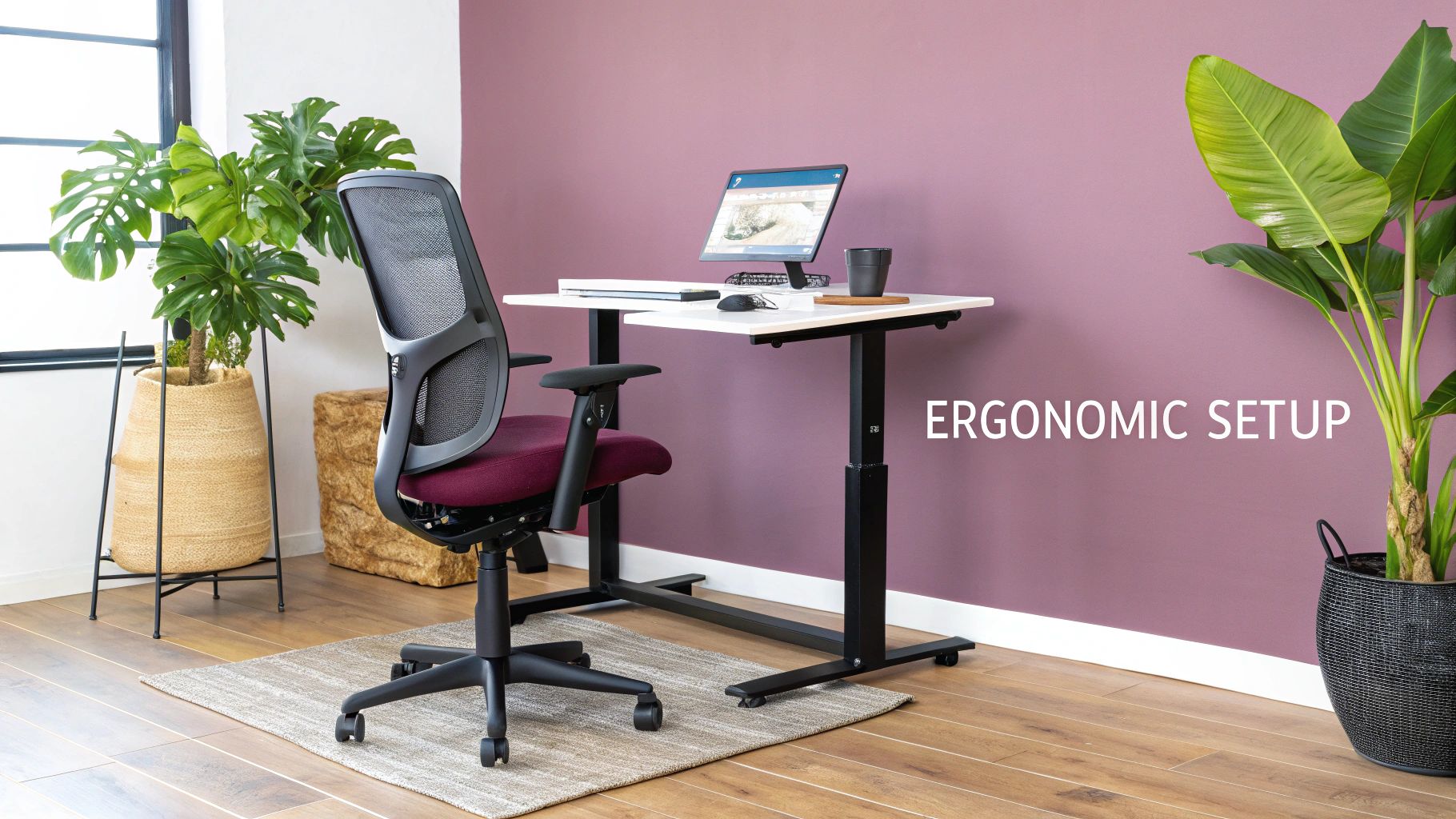
The science behind this is clear. Physical activity stimulates the release of endorphins, natural mood boosters that have pain-relieving and stress-reducing effects. Exercise also improves cardiovascular health, leading to better circulation and increased energy levels. Furthermore, it enhances cognitive function, improving focus and concentration, both crucial for navigating a demanding workday. By reducing muscle tension, exercise helps alleviate physical manifestations of stress like headaches and back pain.
This approach encompasses a variety of activities. Cardiovascular exercise, such as running, swimming, or cycling, gets your heart pumping and improves your overall fitness. Strength training builds muscle mass and boosts metabolism. Even simple desk stretches, performed hourly, can significantly reduce stiffness and improve posture. Consider incorporating walking meetings, a practice popularised by companies like Asana, to inject movement into otherwise sedentary meetings. For your commute, explore active options like cycling or walking, turning travel time into valuable exercise. Learn more about Regular Physical Exercise and Movement.
The benefits of incorporating physical activity into your workday are compelling. Companies like Johnson & Johnson have demonstrated the significant financial returns of employee wellness programs, saving $250 million in healthcare costs. Nike provides on-site fitness facilities and workout classes, while Patagonia encourages employees to take advantage of on-site yoga and surf breaks, showcasing a commitment to employee wellbeing. These examples illustrate how prioritising physical activity can create a healthier and more productive work environment.
Of course, there are challenges to implementing this approach. Time constraints are a common hurdle, especially for busy professionals. Some individuals may have physical limitations that restrict their exercise options. Maintaining motivation and discipline requires effort, particularly when starting a new routine. Access to shower facilities at work can also be a factor for those incorporating more intense workouts. Finally, weather dependency can be a drawback for those relying on outdoor activities.
However, the advantages of regular physical exercise and movement far outweigh the potential drawbacks. Even small changes can make a big difference. Here are some practical tips to get you started:
- Take the stairs instead of the lift: This simple swap adds extra steps to your day and elevates your heart rate.
- Schedule walking meetings: For internal catch-ups, ditch the boardroom and opt for a walk around the block.
- Do desk stretches every hour: Combat stiffness and improve posture with regular stretching breaks.
- Use a standing desk: Reduce sedentary time by alternating between sitting and standing throughout the day.
- Park further away or get off public transport a stop early: Increase your daily steps by incorporating short walks into your commute.
By incorporating these tips and finding activities that suit your preferences and abilities, you can effectively reduce stress at work, improve your overall health, and enhance your work performance. Remember, even small amounts of regular physical activity can make a significant difference in your wellbeing. Just like workplace fitness pioneer Jack LaLanne and peak performance advocate Tony Robbins have championed, incorporating movement is crucial for optimising both physical and mental health. This method deserves its place on this list due to its proven ability to combat stress at its core, leading to a more balanced and energized you. Even small, incremental changes like incorporating more walking into your day can significantly contribute to how to reduce stress at work and cultivate a more positive and productive work experience.
5. Effective Communication and Conflict Resolution
Stress in the workplace is a common experience, often stemming from heavy workloads, tight deadlines, and interpersonal challenges. While many focus on individual coping mechanisms, one crucial aspect of stress reduction often gets overlooked: effective communication and conflict resolution. This element plays a vital role in creating a more harmonious and less stressful work environment, directly impacting your ability to reduce stress at work. By mastering clear communication, active listening, and constructive conflict resolution, you can significantly diminish workplace tension, foster stronger relationships, and boost overall job satisfaction. This is why it deserves a prominent place in any list addressing how to reduce stress at work.
Effective communication isn't just about conveying information; it's about ensuring that your message is understood clearly and accurately by the recipient. This involves not only clear verbal and written communication but also understanding non-verbal cues and adapting your communication style to suit different individuals and situations. Furthermore, active listening is a critical component, requiring you to fully concentrate on what others are saying, both verbally and non-verbally, rather than simply formulating your response.
Conflict, on the other hand, is an inevitable part of any workplace where people with different perspectives and priorities interact. However, unresolved or poorly managed conflict can lead to significant stress, decreased productivity, and a toxic work environment. Effective conflict resolution involves mediating disagreements constructively, finding mutually acceptable solutions, and fostering understanding between parties. This requires skills such as emotional intelligence, empathy, and the ability to deliver feedback in a way that is both honest and respectful. It’s about addressing the root cause of the conflict, not just the symptoms.
Several successful companies demonstrate the positive impact of prioritizing communication and conflict resolution. Southwest Airlines, renowned for its positive work culture, fosters open communication, encouraging employees to voice their opinions and concerns. Zappos, with its holacracy communication model, emphasizes distributed authority and self-organization, promoting transparency and collaboration. Buffer’s radical transparency approach involves sharing company information openly with employees and the public, building trust and fostering a sense of shared responsibility. Patagonia, known for its strong environmental and social values, invests in conflict resolution training for its employees, equipping them with the skills to navigate disagreements effectively. These examples highlight the tangible benefits of prioritizing these skills.
So, how can you implement these principles in your own workplace to reduce stress at work? Here are some actionable tips:
-
Use "I" statements: Instead of accusatory "you" statements (e.g., "You always interrupt me"), frame your concerns using "I" statements (e.g., "I feel unheard when I'm interrupted"). This reduces defensiveness and promotes open dialogue.
-
Listen to understand, not to respond: Focus on truly comprehending the other person's perspective before formulating your reply. Ask clarifying questions and reflect back what you've heard to ensure understanding.
-
Address conflicts early: Don't let disagreements fester. Addressing issues promptly prevents escalation and minimises potential damage to relationships.
-
Ask clarifying questions: When faced with ambiguity or conflicting information, don't hesitate to ask questions to gain clarity and avoid misunderstandings. This is particularly important in the UK's diverse workplace environment, where cultural differences in communication styles can sometimes lead to misinterpretations.
-
Practice empathy and perspective-taking: Put yourself in the other person's shoes. Try to understand their motivations and feelings, even if you don't agree with their actions.
While the benefits of effective communication and conflict resolution are undeniable, it's important to acknowledge the potential challenges:
- Skill development takes time and effort: Mastering these skills requires conscious effort and practice. Consider attending workshops or seeking mentorship to develop your abilities.
- Emotionally challenging: Dealing with conflict can be emotionally taxing, requiring resilience and self-awareness.
- Time-intensive initially: Investing time in addressing conflicts upfront may seem time-consuming, but it ultimately saves time and stress in the long run.
- May uncover deeper issues: Sometimes, conflict can be a symptom of underlying systemic problems within the workplace.
Despite these challenges, the long-term benefits far outweigh the initial investment. By prioritizing effective communication and conflict resolution, you can create a more positive, productive, and less stressful work environment for yourself and your colleagues. The work of communication experts like Dale Carnegie (How to Win Friends), Marshall Rosenberg (Nonviolent Communication), Kim Scott (Radical Candor), and Patrick Lencioni underscores the vital role of communication in achieving individual and organizational success. By implementing these techniques, you can proactively contribute to reducing stress at work and fostering a more harmonious and collaborative atmosphere.
6. Creating an Organized and Ergonomic Workspace
Stress at work is a common experience, impacting productivity and overall well-being. While many strategies focus on mental and emotional coping mechanisms, one often overlooked aspect is the physical work environment. Creating an organized and ergonomic workspace is a powerful yet practical approach to how to reduce stress at work, fostering a healthier and more productive atmosphere. This involves designing and maintaining a physical setup that prioritizes comfort, efficiency, and well-being, encompassing both the physical arrangement and organizational systems. A well-designed workspace minimizes distractions, promotes focus, and reduces physical strain, ultimately contributing to a less stressful work experience.
The principles of ergonomics focus on adapting the work environment to the individual, minimizing physical strain and maximizing comfort. This involves everything from the chair you sit in to the position of your monitor. An organized workspace complements this by ensuring everything has its place, reducing the time spent searching for items and minimizing mental clutter. This combined approach contributes significantly to reducing stress at work.
Features of an Effective Workspace:
- Ergonomic Furniture and Equipment: Investing in a good quality ergonomic chair with adjustable height, lumbar support, and armrests is crucial. Similarly, an adjustable desk allows you to alternate between sitting and standing, promoting better posture and circulation. An ergonomic keyboard and mouse can also significantly reduce the risk of repetitive strain injuries like carpal tunnel syndrome.
- Proper Lighting and Ventilation: Natural light is ideal, but if this isn't feasible, ensure adequate lighting that minimizes glare and eye strain. Good ventilation is also essential for a comfortable and healthy workspace, preventing stuffiness and promoting alertness.
- Organizational Systems: Implementing effective filing systems, both physical and digital, is key to a clutter-free environment. Utilize drawers, shelves, and desk organizers to keep your workspace tidy. Digital organization tools, such as cloud storage and project management software, can also streamline workflows and reduce stress.
- Personalization Elements: Adding personal touches like plants, photos, or artwork can create a more welcoming and less sterile environment, boosting mood and promoting a sense of calm. However, keep personalization in check to avoid creating further clutter.
- Technology Optimization: Ensuring your technology works seamlessly is vital for minimizing frustration and stress. This includes having a reliable internet connection, up-to-date software, and appropriate hardware for your tasks. Regularly clearing out digital clutter, like unnecessary files and emails, also contributes to a more streamlined digital workspace.
Examples of Successful Implementations:
Companies like Herman Miller, renowned for their ergonomic workspace research, have demonstrated the significant impact of ergonomic design on employee well-being and productivity. Google's biophilic office designs, incorporating natural elements like plants and natural light, showcase the benefits of bringing the outdoors in. Similarly, Microsoft’s inclusive workspace designs prioritize accessibility and individual needs, highlighting the importance of catering to diverse work styles. Steelcase, another leader in office furniture, focuses on wellbeing-focused furniture solutions that support movement and collaboration.
Actionable Tips for Reducing Stress at Work Through Workspace Optimization:
- Adjust your monitor to eye level: This helps prevent neck strain and headaches.
- Use proper keyboard and mouse positioning: Your wrists should be straight and your elbows at a 90-degree angle.
- Implement filing systems: Both physical and digital filing systems can dramatically reduce search time and mental clutter.
- Add plants for air quality and a touch of nature: Plants can improve air quality and contribute to a more calming atmosphere.
- Ensure adequate lighting: Minimize glare and ensure your workspace is well-lit to reduce eye strain.
- Take regular breaks: Even short breaks can help reduce muscle tension and improve focus.
- Declutter regularly: A tidy workspace promotes a tidy mind.
Pros and Cons:
Pros:
- Reduces physical strain and the risk of repetitive stress injuries
- Improves productivity and focus
- Enhances mood and creates a more pleasant work environment
- Decreases search time for documents and resources
- Promotes a sense of control and calm
Cons:
- Initial setup costs for ergonomic furniture and equipment
- Space limitations can make implementing some changes challenging
- Personal preference variations mean one size doesn't fit all
- Requires ongoing maintenance and organization
- May involve a technology learning curve for new software or tools
Creating an organized and ergonomic workspace is a worthwhile investment in your well-being and productivity. While there may be some initial costs and adjustments involved, the long-term benefits of reduced stress, improved comfort, and increased efficiency make it an essential strategy for anyone looking to create a healthier and more productive work experience. By incorporating these principles, you're not just improving your workspace, you're actively contributing to how to reduce stress at work and fostering a more positive and productive work life.
7. Taking Regular Breaks and Micro-Recoveries
Feeling overwhelmed and stressed at work? You're not alone. Many UK professionals struggle with the pressures of a demanding work environment. One highly effective, yet often overlooked, strategy for reducing stress at work is incorporating regular breaks and micro-recoveries into your daily routine. This approach recognizes that sustainable productivity isn't about working non-stop, but about strategically integrating periods of rest and renewal to maintain focus, energy, and overall well-being. By implementing structured rest periods and brief recovery moments throughout your workday, you can prevent mental fatigue and improve your performance. This is why taking regular breaks deserves its place on this list of stress-reducing techniques.
So how does this strategy work? It's based on the understanding that our brains aren't designed for prolonged, uninterrupted focus. Instead, we naturally cycle through periods of high activity and lower activity, known as ultradian rhythms. Ignoring these natural rhythms leads to mental fatigue, decreased productivity, and increased stress. By proactively scheduling short breaks, we align ourselves with these natural rhythms, allowing our minds to refresh and recharge.
Features of a successful break strategy:
- Scheduled break intervals: Plan your breaks in advance, rather than waiting until you feel burnt out. This ensures consistency and prevents you from pushing yourself too hard.
- Micro-break activities: These are very short breaks, lasting just a few minutes, incorporated throughout the day. Activities could include stretching, deep breathing, or simply looking away from your screen.
- Change of environment: A change of scenery can do wonders for your mental state. Stepping away from your desk, even for a few minutes, can help clear your head and reduce stress.
- Mental reset techniques: Mindfulness exercises, meditation, or even simply closing your eyes for a few moments can help you refocus and regain composure.
- Recovery tracking: Monitor your breaks and energy levels to identify patterns and optimize your break schedule for maximum benefit.
The Benefits and Drawbacks:
Implementing a break strategy has significant advantages: it prevents mental fatigue, improves sustained attention, reduces eye strain, enhances creativity, and maintains energy levels. However, it also has some potential drawbacks: it may feel counterproductive initially, requires discipline to implement, and can be challenging in high-pressure environments where taking breaks might be perceived negatively by others. Time management can also be a challenge, requiring careful planning to integrate breaks effectively.
Real-World Examples and the Pomodoro Technique:
The benefits of regular breaks are supported by research. DeskTime, a time management software company, found that their top performers took 17-minute breaks for every 52 minutes of work. Similarly, the Draugiem Group found that regular short breaks correlated with higher productivity. The Danish concept of "hygge," which emphasizes coziness and well-being, often incorporates short breaks for relaxation and social connection. Even some Japanese companies have mandatory break policies to combat workplace stress.
One of the most popular break strategies is the Pomodoro Technique, developed by Francesco Cirillo. This technique involves working in 25-minute intervals (called "pomodoros") followed by a 5-minute break. After four pomodoros, you take a longer break of 20-30 minutes. This structured approach helps maintain focus and prevents burnout. Other experts, such as Tony Schwartz, advocate for energy management principles that prioritize regular renewal throughout the day, aligning with the research on ultradian rhythms.
Actionable Tips for Reducing Stress at Work with Breaks:
- Use the Pomodoro Technique: Start with the 25-minute work, 5-minute break cycle and adjust the intervals as needed to fit your work style.
- Step away from your desk completely: Don’t just check your phone during your break. Physically move away from your workspace to create a true separation between work and rest.
- Practice deep breathing during breaks: Deep breathing exercises can calm your nervous system and reduce stress hormones.
- Get natural light exposure: Step outside during your breaks to get some sunlight and fresh air. Natural light helps regulate your circadian rhythm and can boost your mood.
- Hydrate and do gentle stretches: Staying hydrated and moving your body can help improve your energy levels and reduce physical tension.
By implementing these strategies and making regular breaks a priority, you can significantly reduce stress at work, boost your productivity, and improve your overall well-being. Don't let the pressure of a demanding job lead to burnout. Embrace the power of regular breaks and micro-recoveries to create a more sustainable and fulfilling work experience.
8. Building a Strong Support Network
Feeling overwhelmed at work? You're not alone. Stress in the workplace is a common experience, and finding effective ways to manage it is crucial for both your professional and personal well-being. One powerful strategy, often overlooked, is building a strong support network. This approach, focusing on cultivating meaningful relationships both professionally and personally, can significantly impact your ability to navigate workplace challenges and reduce stress at work. It recognizes that human connection is fundamental to resilience and well-being, especially in demanding work environments.
A robust support network acts as a buffer against the negative effects of stress. It provides a space where you can share concerns, receive emotional support, and gain fresh perspectives on challenging situations. Instead of bottling up anxieties, you have a trusted group of individuals to turn to for advice, encouragement, or simply a listening ear. This can be particularly important in the UK, where workplace pressures are often high and long working hours can contribute to feelings of isolation.
Building a strong support network involves several key components:
-
Mentor-Mentee Relationships: Finding a mentor within your organisation or industry can provide invaluable guidance and support. A mentor can offer advice on career progression, navigate workplace politics, and share their own experiences of overcoming challenges. Conversely, becoming a mentor can also be a rewarding experience, allowing you to share your knowledge and build connections.
-
Peer Support Groups: Connecting with colleagues who share similar experiences and challenges can create a sense of camaraderie and shared understanding. Peer support groups provide a safe space to discuss work-related stress, share coping mechanisms, and offer mutual encouragement.
-
Professional Networks: Expanding your network beyond your immediate workplace can open up new opportunities for collaboration, learning, and career development. Attending industry events, joining professional associations, and engaging with online platforms like LinkedIn can help you connect with like-minded individuals and broaden your support system.
-
Cross-Departmental Connections: Building relationships with colleagues in different departments can foster a sense of community within the organisation and offer valuable insights into different aspects of the business. This can also be helpful for problem-solving and fostering collaboration across teams.
-
External Support Systems: Don't underestimate the importance of personal relationships outside of work. Family, friends, and community groups can provide essential emotional support and help you maintain a healthy work-life balance, a key factor in reducing stress at work.
While the benefits of a strong support network are clear, there are also potential drawbacks to consider:
- Time Investment: Building and maintaining relationships takes time and effort.
- Office Politics: Navigating workplace relationships can sometimes involve office politics.
- Personality Conflicts: Not all relationships will be positive, and personality conflicts can arise.
- Confidentiality Concerns: Sharing sensitive information requires trust and discretion.
- Maintenance of Relationships: Relationships require ongoing effort to maintain.
Despite these potential challenges, the benefits far outweigh the risks. Companies like Microsoft (with their employee resource groups), Salesforce (known for their "Ohana" culture), LinkedIn (with internal mentorship programs), and Buffer (championing transparent support systems) demonstrate the positive impact of fostering strong support networks within their organisations.
So, how can you start building your own support network? Here are some practical tips:
- Join professional associations: This provides excellent networking opportunities and access to industry insights.
- Participate in workplace social events: Socialising with colleagues can strengthen existing relationships and build new ones.
- Offer help to colleagues: Supporting others is a great way to build rapport and foster a sense of community.
- Find a mentor or become one: Mentorship can provide valuable guidance and support for both the mentor and mentee.
- Maintain relationships outside work: Strong personal relationships provide a crucial foundation for overall well-being.
Think of building a support network as an investment in your own resilience and well-being. By fostering meaningful connections, you can create a buffer against stress, enhance your career development, and create a more positive and fulfilling work experience. You can Learn more about Building a Strong Support Network and the benefits it offers. The theories and benefits of connection and strong support systems have been popularised by experts such as Adam Grant (author of Give and Take), Keith Ferrazzi (networking expert), Brené Brown (connection researcher), and Simon Sinek (workplace culture advocate). Their work highlights the crucial role of human connection in achieving both individual and organizational success, particularly for those seeking ways to how to reduce stress at work.
8 Key Work Stress Reduction Strategies Comparison
| Stress Reduction Strategy | Implementation Complexity 🔄 | Resource Requirements ⚡ | Expected Outcomes 📊 | Ideal Use Cases 💡 | Key Advantages ⭐ |
|---|---|---|---|---|---|
| Time Management and Prioritization | Medium – Needs initial learning and practice | Low – Requires planning tools or apps | High – Increased productivity and control | Work environments needing task clarity and deadlines | Reduces overwhelm, improves work quality |
| Mindfulness and Meditation Practices | Medium – Regular, consistent practice needed | Low – Time and guidance apps | High – Lowers stress, improves focus | High-stress jobs needing emotional regulation | Enhances self-awareness, reduces cortisol |
| Setting Clear Boundaries | Medium – Requires communication and enforcement | Low – Mostly behavioral, minimal tools | High – Prevents burnout, improves balance | Cultures with risk of overwork or blurred limits | Protects personal time, increases respect |
| Regular Physical Exercise and Movement | Medium – Time, motivation, and facilities | Medium – May need space or equipment | High – Better mood, energy, and health | Sedentary office jobs or energy slumps | Boosts energy, reduces tension |
| Effective Communication & Conflict Resolution | High – Skill development and emotional effort | Low – Training materials or coaching | High – Reduced tension, better relationships | Teams with frequent misunderstandings or conflicts | Builds collaboration, prevents misunderstandings |
| Organized and Ergonomic Workspace | Medium – Initial setup and ongoing maintenance | Medium – Furniture and tools cost | Medium-High – Less strain, improved focus | Workstations with physical discomfort or clutter | Reduces strain, improves productivity |
| Taking Regular Breaks and Micro-Recoveries | Low – Habit formation, some discipline | Low – No special resources needed | Medium-High – Prevents fatigue, sustains attention | High workload roles needing mental refresh | Maintains energy, enhances creativity |
| Building a Strong Support Network | Medium – Time investment and relationship work | Low – Mostly social engagement | High – Emotional support, reduced isolation | New hires, remote workers, or high-stress roles | Provides perspective, enhances collaboration |
Ready to Reduce Stress and Thrive?
Effectively managing how to reduce stress at work is crucial for your overall well-being and professional success. We've explored eight key strategies, from practical tips like time management and creating an ergonomic workspace to incorporating mindfulness and building a strong support network. Remember, prioritizing these areas will not only reduce your stress levels but also boost your productivity, improve your focus, and foster a more positive work experience. Mastering these techniques empowers you to take control of your workday, rather than letting stress dictate it. This ultimately leads to a healthier, more balanced, and fulfilling career.
Taking regular breaks, setting clear boundaries, and engaging in regular physical activity are particularly important for preventing burnout and maintaining long-term well-being. By integrating these practices into your daily routine, you can effectively combat the negative impacts of workplace stress and cultivate a more resilient and focused mindset. Remember, even small changes can make a big difference in how you manage stress at work.
Feeling overwhelmed even after implementing these strategies? Oji Shilajit can provide additional support in managing stress, improving focus, and boosting overall well-being.* Discover how Oji Shilajit can complement your stress-reduction efforts and help you thrive at Oji Shilajit.
*These statements have not been evaluated by the Food and Drug Administration. This product is not intended to diagnose, treat, cure, or prevent any disease.


